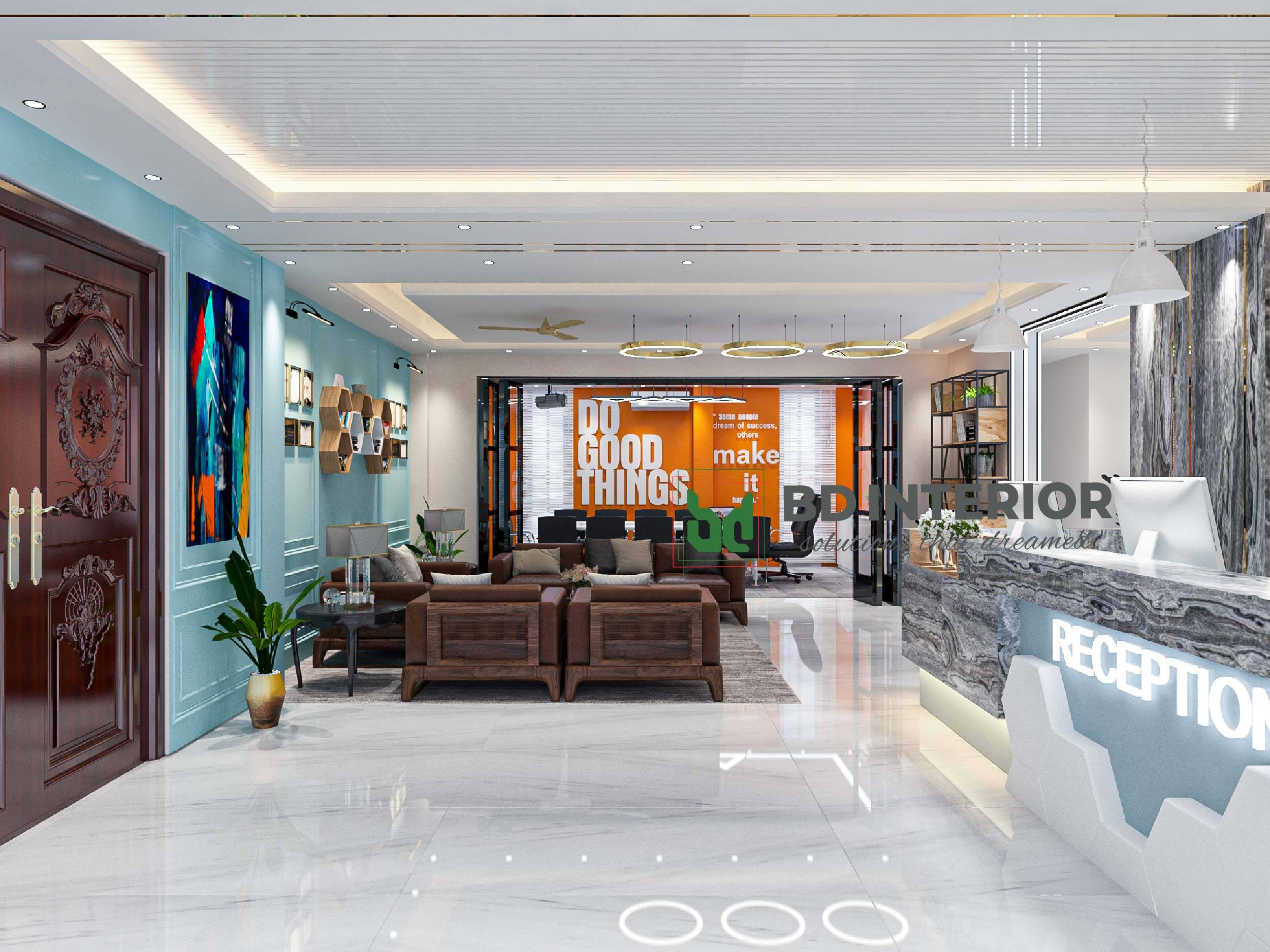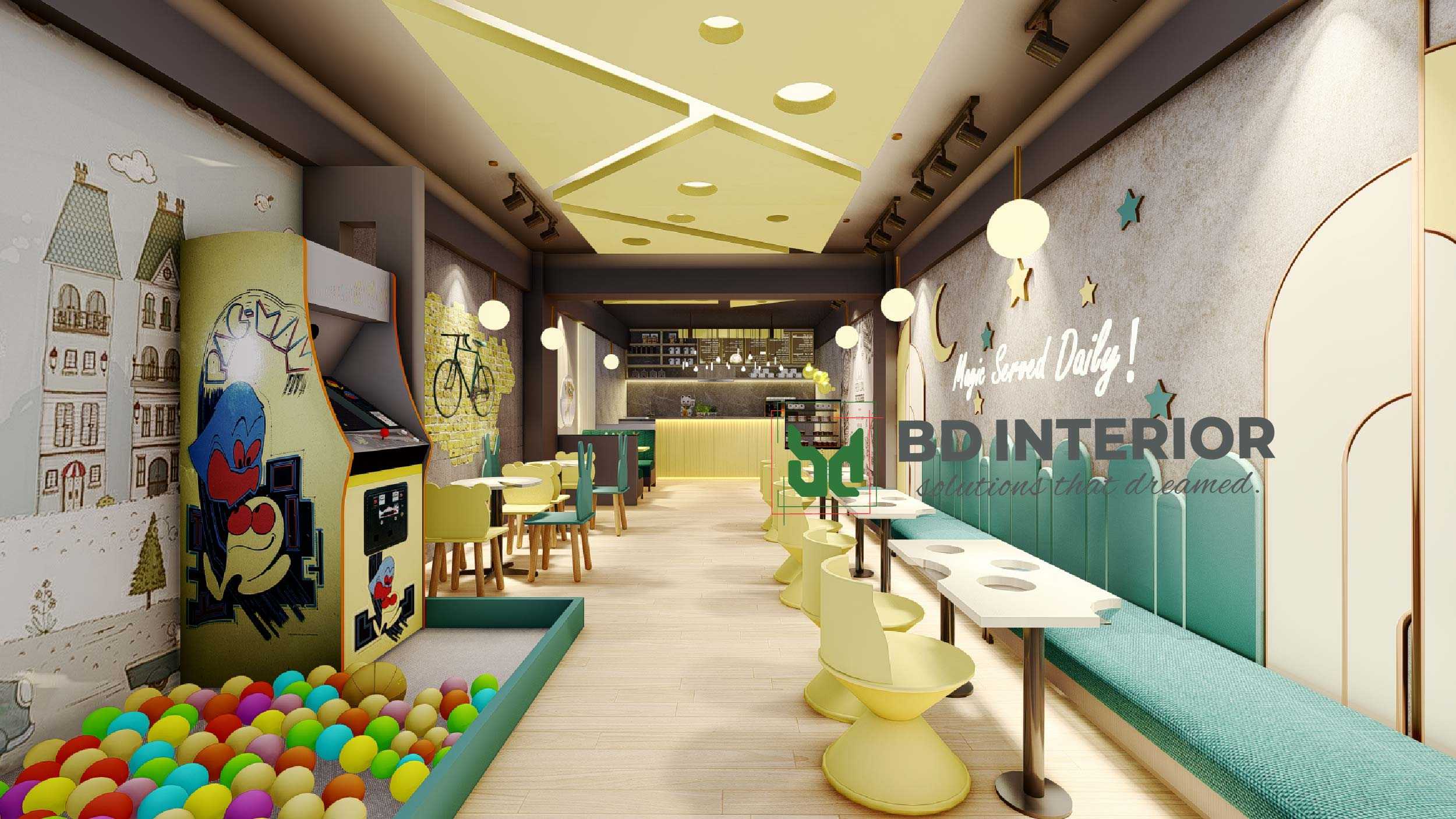CALL NOW FOR YOUR DREAM INTO REALITY

Home Interior
A home interior design should help you feel at ease. In our home interior design, you can relax and forget about everyday hassles. Our home interior services make sure you have the perfect living room, child bedroom, master bedroom, kitchen space, and other services. We make sure to provide interior designs that will satisfy our clients.

Office Interior
In an office interior design reception, conference, MD room, Manager Room, Director Rooms and the workstation are the vital functions. When we design an office space, we make sure the work area is free from any disturbances. We try to design a small attractive space where the employees can relax. In this way, we try to create an office with the most productivity.

Restaurant Interior
In a restaurant interior design, we can install photo corners, paintings, wall textures, warm lightings, and more in a restaurant. Along with that we design different types of café, roof top restaurant, coffee shops, food court etc. The final result of the design depends entirely on your budget and space.

Showroom Interior
A home interior design should help you feel at ease. In our home interior design, you can relax and forget about everyday hassles. Our home interior services make sure you have the perfect living room, child bedroom, master bedroom, kitchen space, and other services. We make sure to provide interior designs that will satisfy our clients.

Hotel Interior
Hotel interior design is a business of hospitality. A hotel is a place where people relax. Aesthetics is extremely important in a hotel. So, we try to make the spaces as artistic as possible. Along with a hotel we design resorts, inns, motel, eco resort and more. We want to remember give your customer reasons to come back again and again.

Landscaping Design
As a landscape design company, BD INTERIOR wisely draws out detailed plans that are well thought out and meet your definite landscaping needs. We take the time to create a beautiful and eye-catching landscape

Home Interior
A home interior design should help you feel at ease. In our home interior design, you can relax and forget about everyday hassles. Our home interior services make sure you have the perfect living room, child bedroom, master bedroom, kitchen space, and other services. We make sure to provide interior designs that will satisfy our clients.

Showroom Interior
A showroom interior design should captivate and inspire visitors. With our showroom design, you can showcase products in an appealing and organized way. Our designs ensure an inviting atmosphere for customers, highlighting your brand's best features. We offer tailored solutions for furniture displays, lighting, wall designs, and other key elements.

Office Interior
In an office interior design reception, conference, MD room, Manager Room, Director Rooms and the workstation are the vital functions. When we design an office space, we make sure the work area is free from any disturbances. We try to design a small attractive space where the employees can relax. In this way, we try to create an office with the most productivity.

Hotel Interior
Hotel interior design is a business of hospitality. A hotel is a place where people relax. Aesthetics is extremely important in a hotel. So, we try to make the spaces as artistic as possible. Along with a hotel we design resorts, inns, motel, eco resort and more. We want to remember give your customer reasons to come back again and again.

Restaurant Interior
In a restaurant interior design, we can install photo corners, paintings, wall textures, warm lightings, and more in a restaurant. Along with that we design different types of café, roof top restaurant, coffee shops, food court etc. The final result of the design depends entirely on your budget and space.

Landscape Design
As a landscape design company, BD INTERIOR wisely draws out detailed plans that are well thought out and meet your definite landscaping needs. We take the time to create a beautiful and eye-catching landscape
BD INTERIOR is one of the best Interior design company in Bangladesh. We are an interior design company in Dhaka, Bangladesh.
Since 2010., we provide, both home and commercial projects and as well as flat / apartment interior design in Bangladesh. So far, we have already handed over many prestigious projects all over the country.
BD INTERIOR has the technical capabilities to achieve the highest level of works with “turn-key” Projects through our services offered. Our Experienced and Skilled Architects, Interior Designers, and Engineers successfully participate in every project from the initial concept to project handover.
In the initial step, we visit the site and understand the space requirements. We may suggest some design possibilities at this moment.
However, that does not mean it is the final design. A design is finalized only after collecting enough information about the projects.
We prepare a plan for the space. After that, we visualize the interior with different materials and select the material that seems best. We take your budget into account and see if the design is possible within your budget.
Here we can recommend minimalistic design, luxurious design, or a combination of formal-informal interior space. It all depends on the client’s requirements, space surroundings, etc.
After proposing our design, you can update the design as you prefer or select this design as final. Now we are ready to move to the last phase.
In the final step, we start to prepare to working drawings. Then in the final stage, we will supervise and coordinate the project.
There are many steps to complete a project. In every step, we ensure precision and professionalism. So the client is satisfied with our work. Hence we have confidence that we are the best interior design company in Bangladesh.
/ Top Interior Firm in Dhaka, Bangladesh
Our Commitment and dedication to our work have made us the best interior design company in Bangladesh among the top 10 interior design companies in Bangladesh.
Interior design cost in Bangladesh depends on various factors like room size, materials requirement, and the level of luxury.
We provide home interior design, restaurant interior design, duplex house design, dining room interior design, drawing room interior design, bedroom interior design, office interior design, showroom interior design, duplex house design, and more services. To find out in detail about our services contact us.
BD INTERIOR consists of a dedicated designers team. They are working hard to win our client’s trust and appreciation. To do that, we communicate with our clients to understand their dream.
Our priority is customer satisfaction. Hence we prioritize our client’s requirements. After enough discussion and understanding, we move to the next phase.
We try to keep our clients updated throughout the project and ensure everything is according to the plan.
- We practice precision and perfection in every step of the design to make your dream a reality
- BD INTERIOR has a team of dedicated architects, engineers, interior designers, to work on your project
- Our designers can propose small rooms, large rooms, commercial, residential, industrial interior designs.
- We provide high-quality materials to make the design everlasting.
- We communicate with our clients thoroughly in every stage of design development.
- Our design proposals are adjusted within your budget.
- Our goal is to provide on-time delivery of design at every step.
- We understand your design style and implement the design as you want.
- Our team provides a logical solution to your interior space
- Our interior design service is available anywhere in Bangladesh.
- We completed various prestigious projects around the country since the year 2010.










































